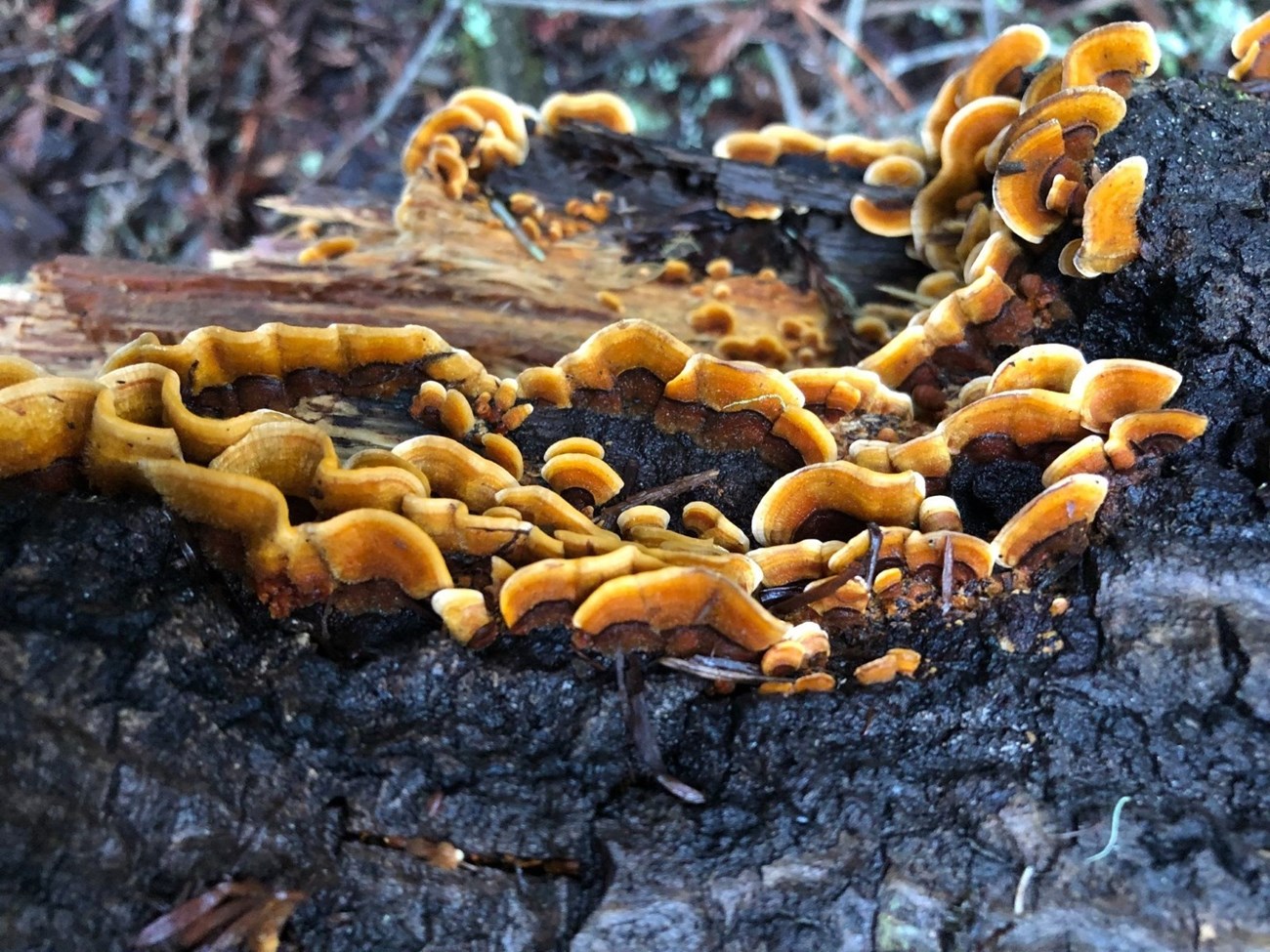
Stephanie Weinstein/ NPS What do you call a fungus that makes music? A decomposer! Fungi that get their nutrients from breaking down decaying organic material are called saprotrophs. Saprotrophs act as decomposers in the forest. They play a big role in breaking down wood and other debris to recycle nutrients back into the soil. They are very important to the redwood forest ecosystem. Without them, all the fallen wood, leaves, and other organic matter would pile up on the forest floor and Muir Woods would be nothing but a wood pile! Consider visiting Muir Woods during the winter when it rains. Take a moment to notice the signs of decomposition going on around you. Observe the fallen trees, the soft beds of redwood needles, and piles of bay laurel leaves on the ground. Take in the rich earthy smell of the soil and rain around you. All these wonderful sights and smells are the product of the fungi working very hard at their job of being decomposers! 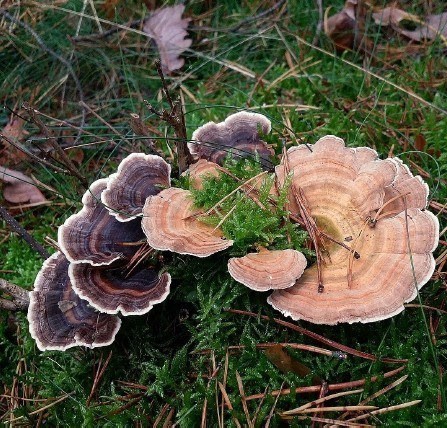
NPS. Trametes versicolorCommon name: Turkey Tail 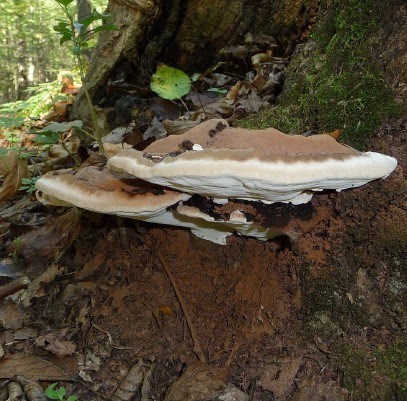
NPS. Ganoderma applanatumCommon name: Artist’s Conk 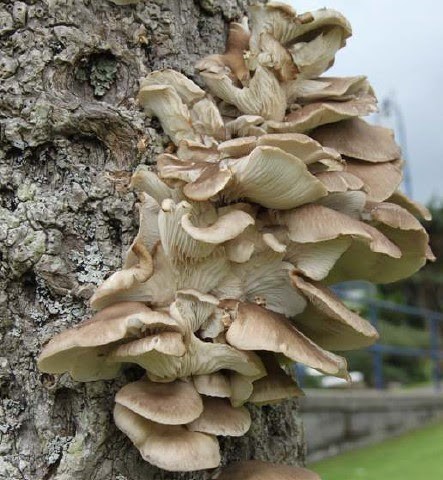
NPS. Pleurotus ostreatusCommon name: Oyster mushroom 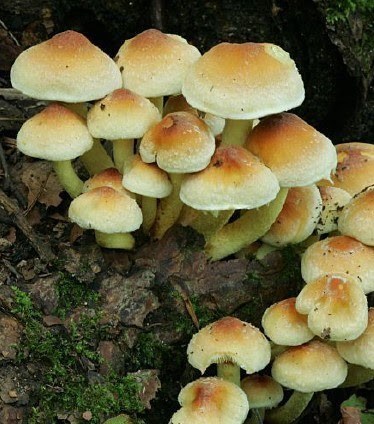
NPS. Hypholoma fasciculareCommon name: Sulphur tuft or clustered woodlover This list of decomposers are a few of many species within Muir Woods. This is by no means a comprehensive list and there are many more to see!
|
Last updated: September 16, 2021
